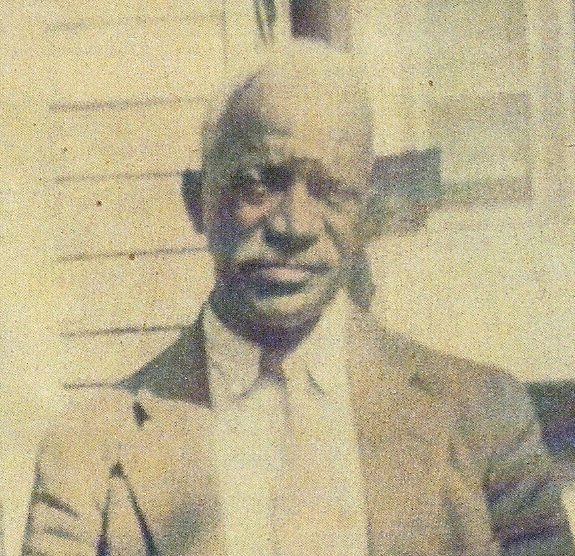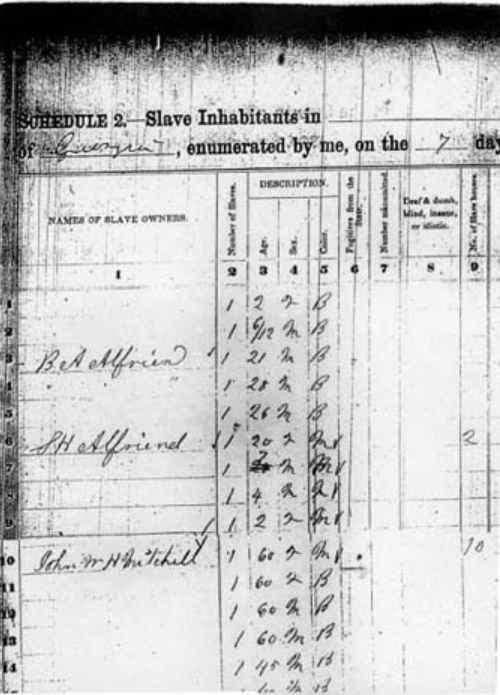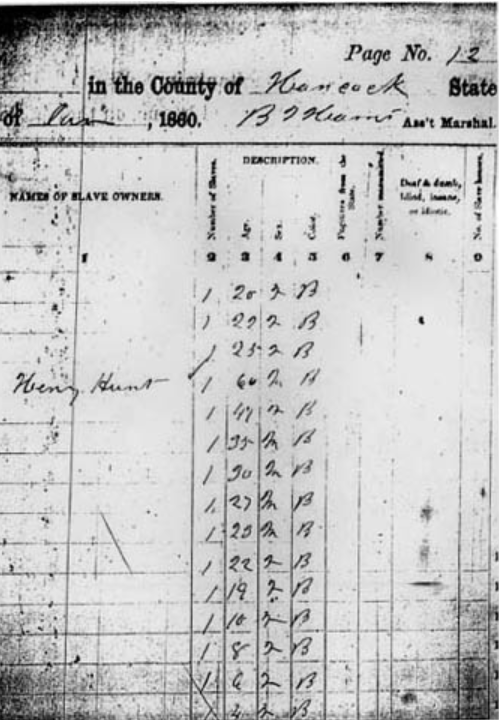What I want my journalism students to learn from Toni Morrison
Toni Morrison – Nobel prize-winning writer, pathbreaking editor, innovative educator – is dead at the age of 88. Like millions of her fans all of the world, I am saddened that she’s gone and grateful for all of the words she left us in her books, essays, interviews, the documentary about her life, The Pieces I Am. I lift her up as a writing model in my journalism classrooms, especially for those aspiring to be literary journalists. Here are four things I hope they will learn from learning to closely read Toni Morrison’s work, and from understanding her impact on the publishing world.
1. Words have power.
In her 1993 Nobel Prize lecture, Morrison weaves a parable about an encounter between an old woman whose parents were enslaved and young people seeking her wisdom to call out the dangers of “oppressive language.” As with so much of Morrison, one needs to read the whole speech to understand her full meaning. I recall the criticism when she said, “Oppressive language does more than represent violence; it is violence; does more than represents the limits of knowledge; it limits knowledge.” There’s an entire course in journalism ethics in this quote alone:
The old woman is keenly aware that no intellectual mercenary, nor insatiable dictator, no paid-for politician or demagogue; no counterfeit journalist would be persuaded by her thoughts. There is and will be rousing language to keep citizens armed and arming; slaughtered and slaughtering in the malls, courthouses, post offices, playgrounds, bedrooms and boulevards; stirring, memorializing language to mask the pity and waste of needless death. There will be more diplomatic language to countenance rape, torture, assassination. There is and will be more seductive, mutant language designed to throttle women, to pack their throats like paté-producing geese with their own unsayable, transgressive words; there will be more of the language of surveillance disguised as research; of politics and history calculated to render the suffering of millions mute; language glamorized to thrill the dissatisfied and bereft into assaulting their neighbors; arrogant pseudo-empirical language crafted to lock creative people into cages of inferiority and hopelessness.
Toni Morrison, Nobel Lecture. December 7, 1993, Accessed August 6, 2019 https://www.nobelprize.org/prizes/literature/1993/morrison/lecture/
Morrison calls upon journalists to do the work of ensuring that our reporting and storytelling practices illuminate and elevate histories, cultures, realities and perspectives that have been suppressed. She calls on us to bring complexity, nuance and depth to our work. She knew then what we have finally acknowledged in the last several years – that it’s all to easy to become the unwitting tool of demagogues and accomplices in miscarriages of justice.
2. Each sentence has work to do.
In the summer of 1978, I carried either a Toni Morrison or Herman Hesse novel with me everywhere I went. Hesse’s books made me imagine and wonder, but Morrison’s words altered my consciousness in ways I found difficult to explain. I couldn’t always tell you what I had just read. I could only tell you about these people I had met and how it made me feel watching them go through what they went through. Sula, and Pilate, and Milkman Dead had gotten inside me, you see. I would tell people that Morrison had the power to put me in that place.
One day in 1987, while reading Beloved, I came across this sentence where she is in the mind of Paul D seeing Sethe for the first time in many years:
Even in that tiny shack, leaning so close to the fire you could smell the heat in her dress, her eyes did not pick up a flicker of light.
Toni Morrison: Beloved: A Novel. Random House LLC, Accessed August 6, 2019
I put the book down at that moment, because I realized that I was reading that sentence as a writer and not a reader. The sentences leading up to it had taken me to a place of such anticipation and caring and anxiety about this reunion that I couldn’t bear to think about what it meant for this mother to have come so far, endured so much, only to arrive at freedom so hollow in her soul that her husband’s best friend could find no joy in her. I had to put the book down and recover so I could come back to it as a reader.
I sometime test the power of that sentence by writing it on the board for students and having them ponder its construction. I ask them to diagram it. I ask what questions it evoked about who this woman was and what had happened to make her this way. What expectations does this sentence create?
Every Toni Morrison sentence is that carefully crafted and then arranged, layer upon layer, to take you into the psyches of her characters.The sentences say concrete things that evoke meaning, but do not pretend to capture meaning. There are deliberate silences that carry portents. Sometimes a Toni Morrison sentence will come to mind as if it were a favorite melody, and I will savor it, think about how she achieved so much texture without overwriting. Ponder these, dear students. :
“Breathing and murmuring under covers both of them have washed and hung out on the line, in a bed they chose together and kept together nevermind one leg was propped on a 1916 dictionary, and the mattress, curved like a preacher’s palm asking for witnesses in His name’s sake, enclosed them each and every night and muffled their whispering, old-time love.” (From Jazz)
“I don’t want to make somebody else. I want to make myself.” (Sula)
“James is as comfortable as a house slipper.” (Recitatif)
“His grandmother is a porch swing older than his father and when they talk about streets and names and buildings they call them by names they no longer have.” (Recitatif)
“124 was spiteful.” ( Beloved.)
” They shoot the white girl first, but the rest they can take their time. ” ( Paradise)
“You wanna fly, you got to give up the shit that weighs you down.” ( Song of Solomon)
3. Study your craft.
You can’t exude what you don’t thoroughly imbibe. Morrison was a master of structure, form, and genre. She was also a lifelong student of her craft who thought deeply about the sources and impact of art born of words. Her work reflected her immersion in studies of philosophy, history, religion, mythology, music, and of course, the world’s literary canons and traditions. That was how she could make her work so densely allusive, so familiar, and yet, strange. She could put complicated ideas in the mouth of an unlettered character and make it sound natural. That takes listening and remembering – unlettered people do think and express complicated thoughts – but when we writers acquire formal education, we sometimes lose the ability to recognize that, or when we do, we render it in stereotypical ways. Morrison retained that common touch despite her erudition, and in so doing, she saw with fresh eyes.
Those fresh eyes allowed her to re-conceive Desdemona as something more than the lovely, mute pawn and victim of masculine arrogance, ignorance, and rage. It allowed her to conceive Pilate Dead, a woman with no belly button, who, Emily Paige Anderson argues, “acts as a Christ figure…sacrificing herself to teach Milkman and Guitar about love.”
Read her book Playing in the Dark and you can appreciate how Beloved draws from and subverts the literary conventions developed Faulkner, Poe and other canonical white writers by immersing the reader in the struggle to preserve one’s humanity and agency while enduring the radical evil of chattel slavery. Morrison read Ralph Ellison’s Invisible Man, asked, “Invisible to whom?” and then gave us worlds of visible characters who think complicated thoughts and think complicated lives.
Keeping Playing in mind, read Nobel speech again and then read her short story Recitatif (.pdf), about a black girl and a white girl who become friends at an orphanage, and whose later encounters reflect their differing life trajectories and relationships with the past. She never tells you who is black and who is white, but you know that one girl’s mother dances all night and flouts convention, while the other’s is a joyless Bible-thumper. Whatever inferences you draw about their racial identity reflect what you are bringing to the work, but what you can’t ignore is the way the two characters’ conflicts and identities feed off of each other, and how they struggle to be in relation to each other in order to become whole.
4. Respect your sources.
If you read or watch Morrison’s interviews with journalists, it’s striking how many times she has to instruct her questioner about the inappropriateness of the question that’s been posed. Here she is, schooling Charlie Rose on what’s wrong with asking her why she centered the African American experience in her writing. In her response she explains that she has spent her career repeatedly having to defend the right to write from her particular worldview and cultural perspective – something that white writers are never asked.
And here are a few other comments on the subject:
“What happens to the writerly imagination of a black author who is at some level always conscious of representing one’s race to, or in spite of, a race of readers that understands itself to be ‘universal’ or race-free?”
Toni Morrison, Playing in the Dark. Accessed August 6, 2019
One of my favorite interviews with Toni Morrison. The interviewer asked her when she was going to “substantially” write about white people. Her response? “You can’t understand how powerfully racist that question is, can you?” pic.twitter.com/WFhNMgx7xv
— Paul McCallion (@OrangePaulp) August 6, 2019
In addition to being asked to justify what she wrote about, Morrison was often asked to respond to issues surrounding African Americans that were unrelated to her writing. I remember, especially, an interview in Time magazine, back in the late 1980s. Beloved had recently been published and was being deservedly celebrated. For some reason, the interviewer pivoted from asking about this complex, groundbreaking novel to asking Morrison to explain what could be done about teen-aged pregnancy among African Americans. At the time, that was one of the popular explanations among conservatives for African American poverty. Everybody’s grandmother was a teen-aged mother, Morrison replied, but the interviewer’s question was better put to a sociologist, not a novelist.
Students, do the work to understand the people you interview on their own terms.
Appendix: A short selection of articles about Toni Morrison and her work
Interviews
Hilton Als. “Ghosts in the House: How Toni Morrison fostered a generation of Black writers.”
Critical appraisals and appreciations
Roxane Gay. The Legacy of Toni Morrison
Imani Perry. Yearning for Toni Morrison’s Blessing.
Toni Morrison, remembered by writers.
Doreen St. Felix. Toni Morrison and what our mothers couldn’t say.
Angela Davis, Nikki Giovanni and Sonia Sanchez. “Toni Morrison will always be with us.”
Scholarly articles
John N. Dowell, Naming Invisible Authority: Toni Morrison’s covert letter to Ralph Ellison (.pdf)
Juda Bennett, Toni Morrison and the burden of the passing narrative
Susan Willis. Eruptions of Funk: historicizing Toni Morrison


